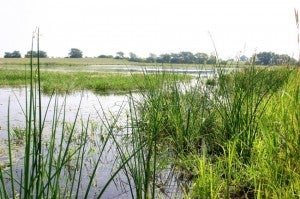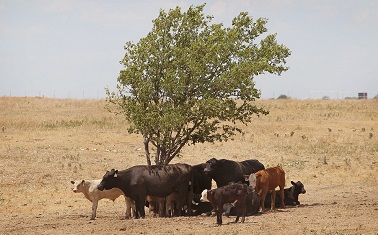By: Ivy Steinberg McElroy, EDF’s Climate Resilient Coasts & Watersheds Intern
The International Day for Disaster Risk Reduction was established by the United Nations General Assembly to accelerate action to strengthen disaster resilience. In the United States, this day comes on the heels of a major blow to our Nation’s wetlands. Earlier this year, the U.S. Supreme Court ruled in Sackett v. Environmental Protection Agency (EPA) to narrow the scope of protections for wetlands, as defined in the Clean Water Act. As result, this landmark decision could cause detrimental impacts to the environment, communities and economy. That means more flooding – especially for more vulnerable communities downstream. Read More











